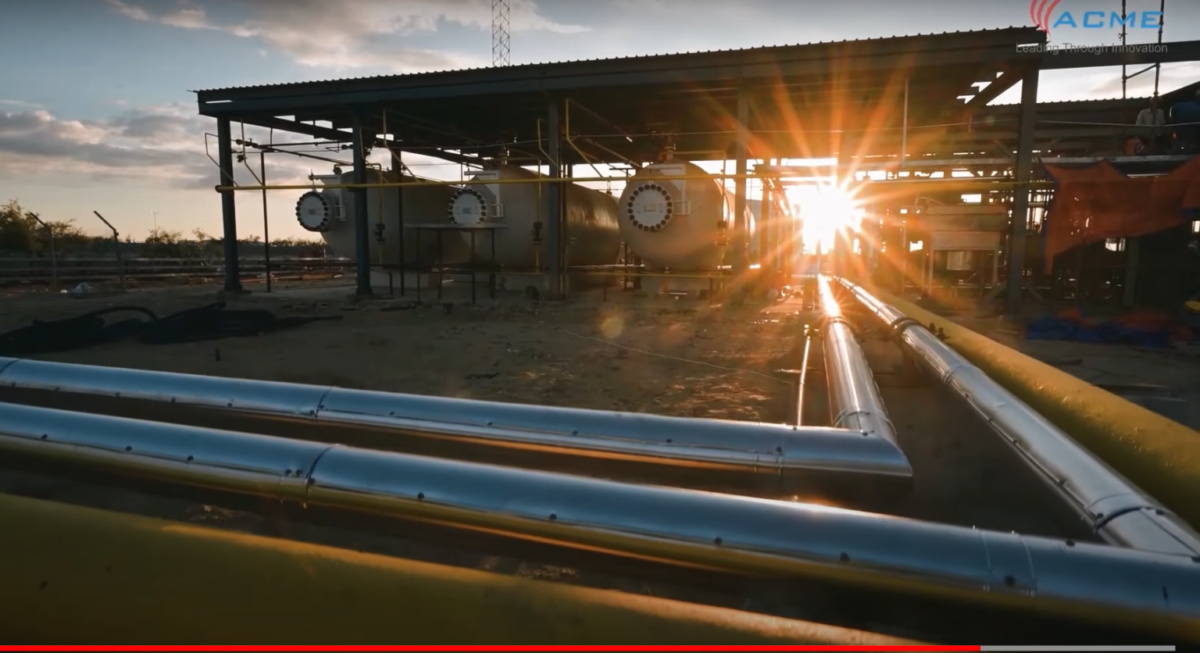https://www.pv-magazine.com/2022/07/07/csem-epfl-achieve-31-25-efficiency-for-tandem-perovskite-silicon-solar-cell/
CSEM, EPFL achieve 31.25% efficiency for tandem perovskite-silicon solar cell

Image: C. Wolff (EPFL)
Researchers from the Swiss Center for Electronics and Microtechnology (CSEM) and the École polytechnique fédérale de Lausanne (EPFL) claim to have achieved a power conversion efficiency exceeding 30% for a 1 cm2 tandem perovskite-silicon solar cell, which they said represents a world record for a PV device of this kind.
In particular, they achieved an efficiency of 30.93% for a 1 cm2 solar cell based on high-quality perovskite layers from solution on a planarized silicon surface and an efficiency of 31.25% on a cell of the same size and fabricated with a hybrid vapor/solution processing technique compatible with a textured silicon surface.
“These results constitute two new world records: one for the planar and one for the textured device architecture,” they specified, noting that both efficiencies were certified by the US Department of Energy's National Renewable Energy Laboratory (NREL). “The latter approach provides a higher current and is compatible with the structure of current industrial silicon solar cells.”

Image: C. Wolff (EPFL)
The research team did not disclose technical details on how they improved the efficiency of both devices.
Popular content
“These high-efficiency results will now require further R&D to allow their scaling up onto larger surface areas and to ensure that these new cells can maintain a stable power output on our rooftops and elsewhere over a standard lifetime,” said CSEM researcher Quentin Jeangros. “Our results are the first to show that the 30% barrier can be overcome using low-cost materials and processes, which should open new perspectives for the future of PV,” the researchers added.
The previous world record — of 29.8% — had been achieved by scientists from the Helmholtz Center Berlin (HZB) in Germany in November 2021. This result improved upon the previous world record achieved by perovskite developer Oxford PV in December 2020, when the UK-based company announced a power conversion efficiency of 29.52% for its perovskite/silicon tandem device.
EPFL researchers achieved 29.2% efficiency for a tandem solar cell with fully textured silicon measuring 1 cm2 in April. This result was confirmed by Germany’s Fraunhofer Institute for Solar Energy Systems ISE. “A big challenge will be developing solar cells that can remain stable on our rooftops for more than 25 years. But the higher efficiency we demonstrated without changing the front texture will be very attractive for the photovoltaics industry,” said EPFL scientist Christophe Baliff at the time.
This content is protected by copyright and may not be reused. If you want to cooperate with us and would like to reuse some of our content, please contact: editors@pv-magazine.com.




